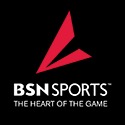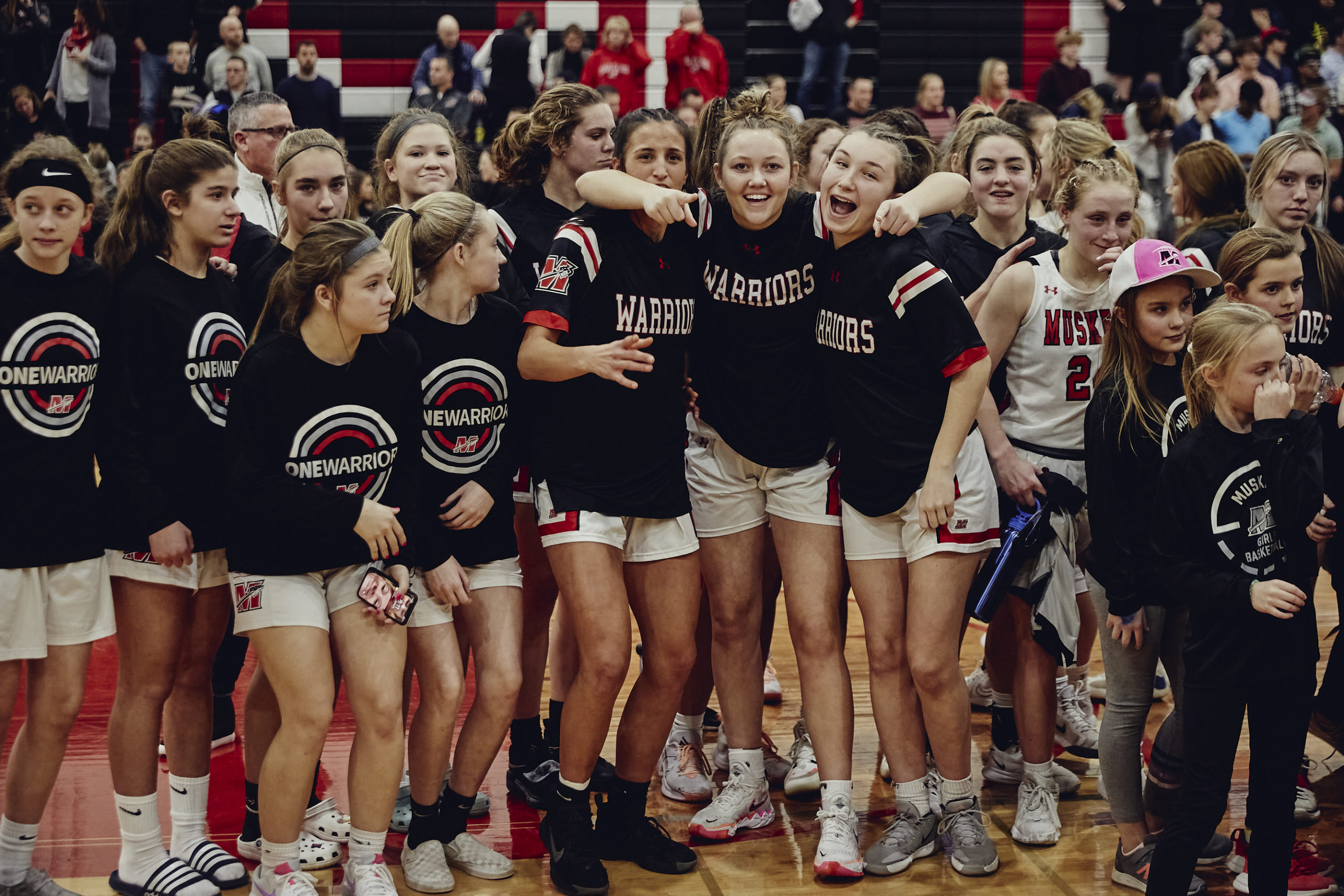Hannah Withiam
Managing Editor, Just Women’s Sports
Former Managing Editor, The Athletic
Former Reporter & Producer, New York Post
Watch our “Media Coverage of Women’s Sports & Why It’s Important for Visibility & Growth” webinar with Hannah Withiam now.
The following is an excerpt from our recent “Media Coverage of Women’s Sports & Why It’s Important for Visibility & Growth” webinar.
My dream, since I was very little, was to be a sport’s writer. So, when I started in sports journalism after college, I didn’t even consider a full-time position in women’s sports, not because I didn’t want to, but because at the time, it was not a viable field to go into. Women’s sports at the time were seen as a gateway to the men’s league, so women’s sports were a way to move up. If I was considering it, and I was a female athlete in college, what did that say about the culture? From the New York Post, I went to The Athletic, a platform that was built on men’s sports. So that’s how I entered the business.
When I was at The Athletic, I started out in men’s sports, but I saw an opportunity with women’s sports, so I started pitching them. And once I started doing that work, the issues or problem areas of women’s sports coverage at male-dominated outlets became more apparent to me. One example is the dropdown menu. We often see “men’s” as the default; with college basketball, we just say “college basketball” for men’s and “women’s college basketball” for women. Another is when I would write something and it wouldn’t get as many reads as men’s stories do, which made made it easy for editors to not feature women’s stories in the future.
As brands have started to do more, we have started to see examples of “not the best way to do it” and “the right way to do it.” The bad examples are what I call the “guilt trip.” The concept of trying to guilt fans into following women’s sports as an act of charity in my mind can do more damage. The key is to treat women’s sports as big business when they get proper funding. The next issue is “girl power,” where outlets are trying to prove the value of women’s sports. You wouldn’t see this in men’s sports. The last issue I see is the “parachute,” which is when outlets come in and cover issues because they are popular, not because they cover them traditionally.
Now I want to talk about some good examples. The key here is that investing in good journalism matters. We have seen this in the former NWSL players investigation. Good stories like this take an extreme amount of time, creating relationships with sources and being trusted. The next good example is what I call the “hype tape,” where you see all the hype around women sports, all the power in women, and just all the talent. The last good example is what I call the “science.” We have seen interest grow because of more visibility. When you lower that barrier to watch, you see people take interest.
So as coaches, what does this mean to you? The biggest example is normalizing women’s sports, and then that will just translate into how women are preserved and respected. Next, call it out when you see it. Call it out when you hear discrimination. We must call it out to make it known discrimination is holding back real change. Finally, I have to call out our great partners at Under Armour. At Just Women’s Sports, we just launched JWS Next. We’ve seen extensive media coverage of men’s sports that’s helped sports stars become household names before they make it to the pros. So now we’re trying to make that happen in women’s sports with JWS Next and build that strong foundation for the next generation.
Watch our “Media Coverage of Women’s Sports & Why It’s Important for Visibility & Growth” webinar now.


